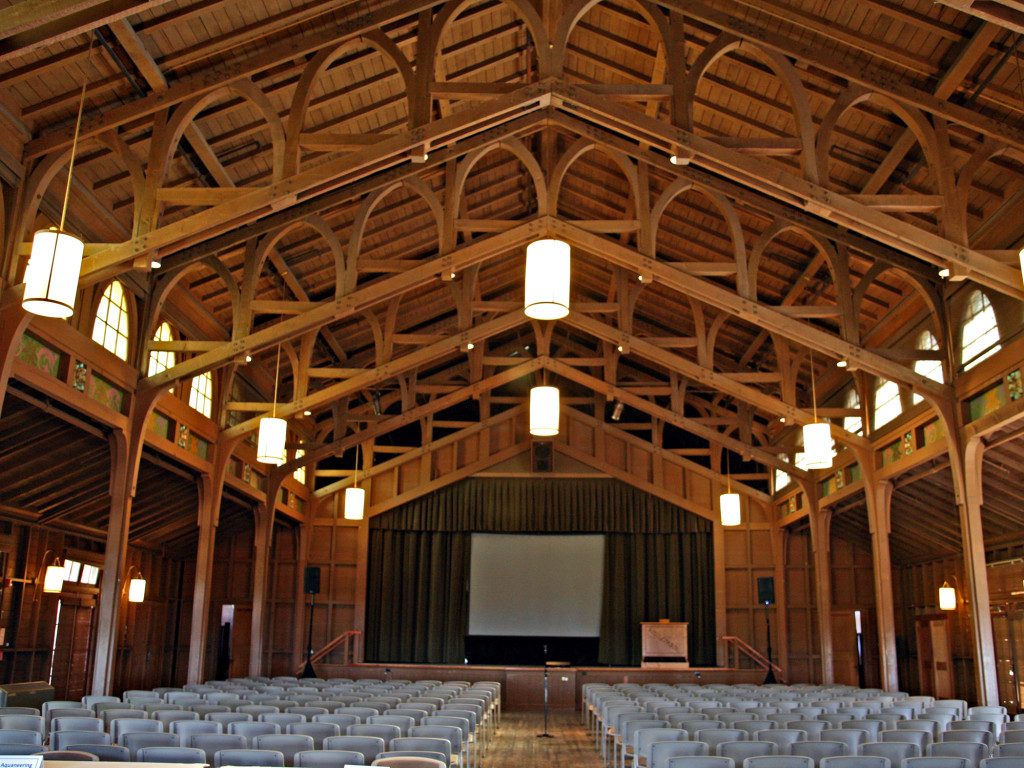The posters and demos track is always a highlight of ISWC with cutting edge work being presented on a wide range of topics in a relaxed environment. Whilst the posters and demos track is usually less competitive than for example the research track, it can still be a challenge to fit your work into 4 pages. In this blog post, Medha and I will give some tips on what we’re looking for in the posters and demos submissions to help you prepare yours.
Let’s start with the criteria that are mentioned in the Call for posters & demos and that are also explicitly part of the review form:
Relevance to the Semantic Web: there are a lot of topics that can be relevant for the Semantic Web, but you have to make clear why this work, presented in this way is relevant to the Semantic Web community. It helps to think about what you want to achieve with presenting your poster/demo. Do you want to get feedback on your work? Do you want to get your awesome project out there? Do you want to connect your subfield to the larger SW community? (especially if you are working in an interdisciplinary setting) It can help to explicitly state this in your submission, but it is not required.
Originality: Please check if what you are presenting has not been done before. A good starting point is the proceedings of previous ISWC and ESWC conferences. Although the submission format does not permit an extensive related work section, most good poster/demo submissions will have some references sprinkled in.
Potential Significance: This is the hardest criteria to judge, but it asks our reviewers how likely they think it is that this poster/demo will get cited or that this line of research will grow to become an important strand in our community. You can help us out by looking beyond this submission and giving some hints about possible applications of your work, or how it can contribute to larger research problems. Typically this type of information is found in a concluding and future work section.
Clarity: Needless to say, it helps if your paper is well written and structured. Also, a picture can sometimes say more than a thousand words, so think about whether what you want to say is better captured in a diagram, table or graph. If you are just starting out or if you’re unsure about your text, ask a colleague to proofread your paper and give you some feedback. (Even if you’re not just starting out, an extra pair of eyes often helps!)
What makes a good submission even better?
Links to your demo/data/project/software! Especially for the demos track, the reviewers will want to try out the demo during the review process, so please make sure your demo is up and running and the link is clearly stated in the paper.
Even if you are not proposing a demo, links to your materials are useful to reviewers (and to the readers of your work once it is published) so they can look at your data, and perhaps reuse some parts of your software (and that’s how our research as a community can evolve faster!)
Some mention of an evaluation or comparison to previous work: The posters and demos track is explicitly meant for late-breaking research results, on-going research projects, and speculative or innovative work in progress, but this doesn’t mean that just an idea and very preliminary results will suffice. Even if you have not carried out the evaluation of your project yet (or perhaps you want to use the ISWC crowd with an interactive demo during the conference to do so) state in your submission how you intend to evaluate your work.
Show your enthusiasm. More than anything you want to show that you’re excited about your work so that your audience can get excited about it too!
Good luck in preparing your submissions! Remember, the deadline is 1 June.
Feel free to give us feedback/ask questions on Twitter via @iswc2018 / @merpeltje


There are 0 comments